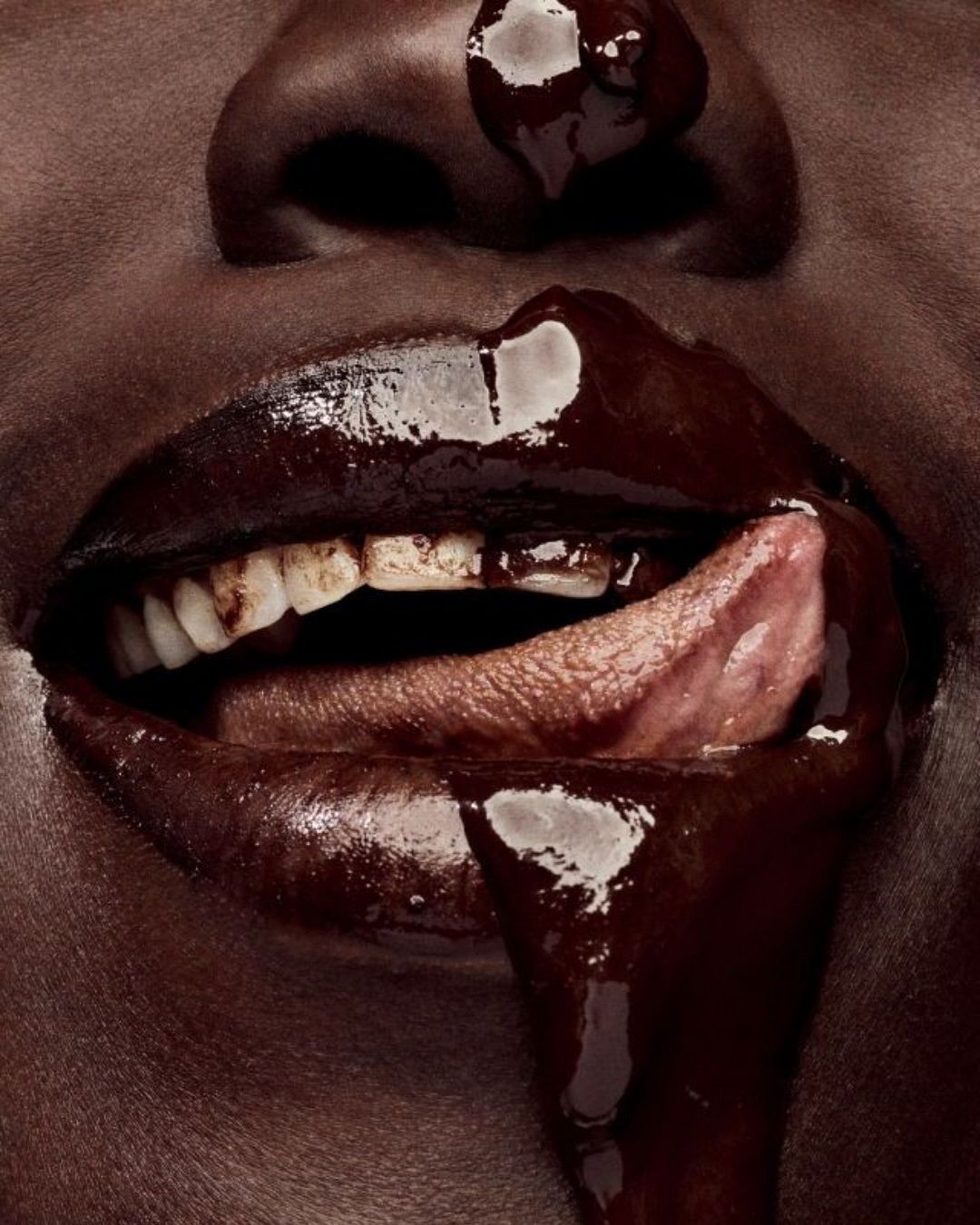
Should we stop taking photos with our smartphones? A digital camera helps to focus on reality
I've always had a great fascination for photography, but I've never dedicated myself enough to the art of photography to abandon my trusty iPhone: always in my pocket, slim, compact, and ready at any moment to capture my favorite angles. Now, by fortuitous circumstances, a real camera has fallen into my hands. A mirrorless one, to be precise. Digital, of course, but one to learn to handle. It's bulky and inconvenient, with a thousand dials to manage the light, focus, depth of field, and who knows what else. Above all, it forces me to adapt reality to my eyes, and not the other way around. It's a good challenge, but it's worth it, even for unexpected reasons.
Camera vs Smartphone: The Numbers
It goes without saying: when it comes to non-professional photos taken by non-professionals, the smartphone dominates over any other tool or method of capturing images. According to a study by Passport Photo Online, for example, by 2024 the global number of smartphone users will reach an estimated 7.4 billion people, with an expected increase to almost 7.5 billion by the end of 2025. Meanwhile, fewer and fewer people are buying digital or analog cameras, and global camera shipments from CIPA (Camera & Imaging Products Association) members plummeted from over 115 million in 2011 to 8 million in 2022. Also impressive is the quantity of photos we take, all thanks to our faithful smartphones. We're talking about an average of 6 images per day, 2795 photos in the phone gallery, and 92 million selfies per day worldwide.
@mim.cu trying my new analog camera Agfaphoto 31mm with the kodak iso 200 film #agfaphoto #agfakamera #agfaphotography #agfaphotoapx400 #analogkamera #kodakanalog #analogphotography #kodakgold200 #kodakgold #analogpics #fy #fyp #viral #viral #analogphotography #urbanoutfitters #urbanoutfittershaul #TravelEssentials #travelanalogkamera Pink + White - Frank Ocean
Appreciating the Small Joys Through Digital Photography
The habits of us smartphone-equipped and always on the go individuals lead us - when we see the world through the phone's camera, which does everything automatically and corrects every flaw, adapting instantly to pre-existing conditions - to snap photos without thinking too much. In this way, photos multiply without control, becoming dozens, hundreds, thousands. Some are posted and exchanged (perhaps even printed, in the best cases), while others are lost in that big storage space that is the gallery of our phone, forgotten, taken for granted. A digital or analog approach, on the other hand, forces us to focus, to observe the lighting conditions, to try to manage them, to adapt to reality, observing it thoroughly and perhaps even enjoying it from a different perspective. Interesting, isn't it?
@pinkrobinnaz cats are waiting too #fyp #istanbul #analogphotography som original - .
And Analog Photography?
Photography becomes even more challenging when it's analog, and we're not just talking about adorable polaroids. Well, not only. First of all, you need film, and it has to be the right format. Then you have to find a photography studio that handles the development. Costs go up, it becomes a more elitist process. There's nothing wrong with preferring the iPhone, indeed. However, from an aesthetic and visual choice standpoint, analog photos have made a big comeback. Scanned and posted on Instagram, hung on the cork boards of our rooms, exchanged with friends, they romanticize even a group outing through the grain of the film and the experiments, sometimes unsuccessful, overexposed, too light or too dark. Perhaps it's also a matter of control, which we cannot exercise on reality through the lens of a screenless camera, which imposes a thought on us: that of the film, of materiality, of the captured image. Will it be worth it? Whether it becomes a lasting passion or not, the desire to learn something new is never wasted time.
























































